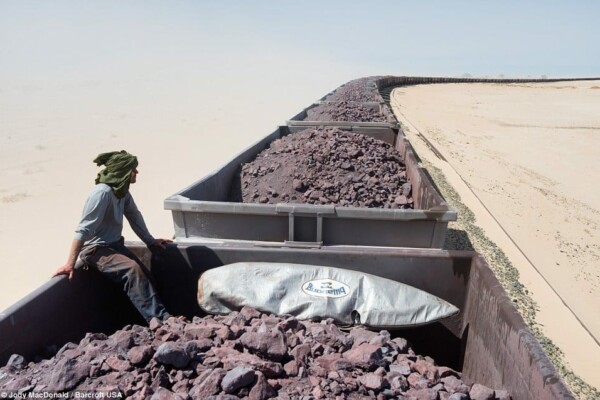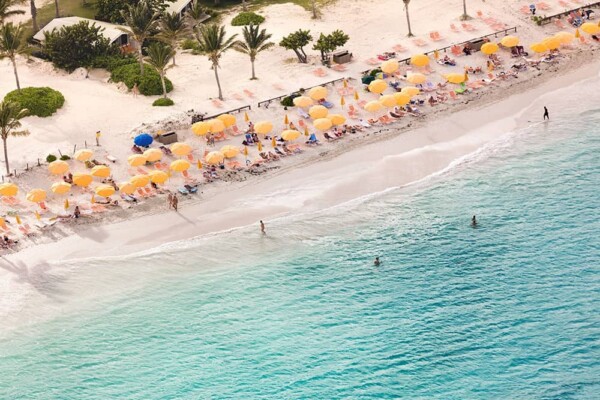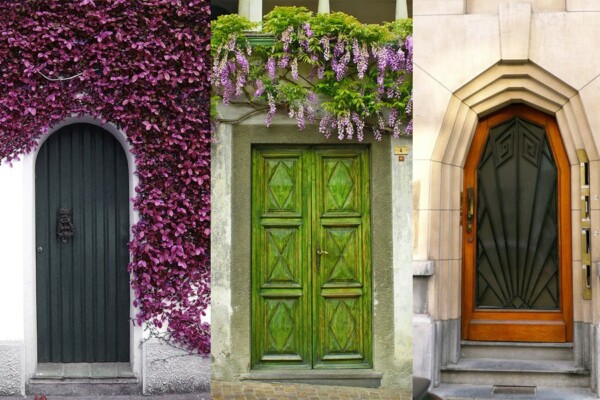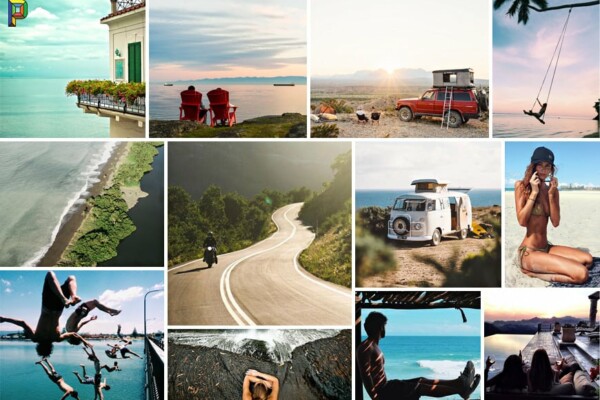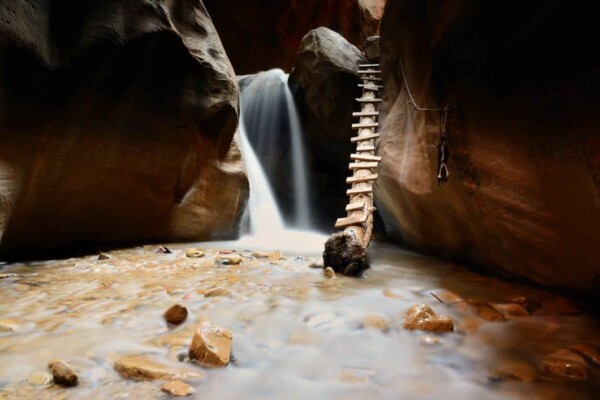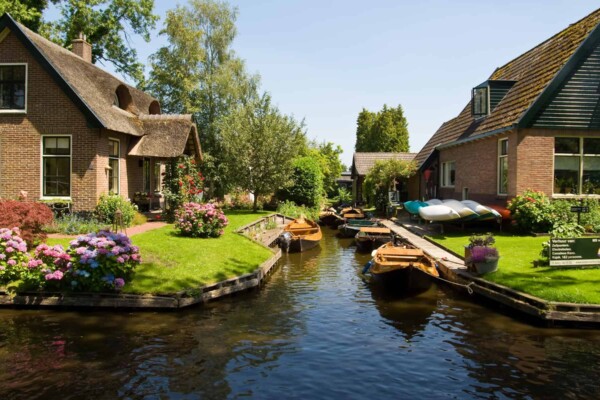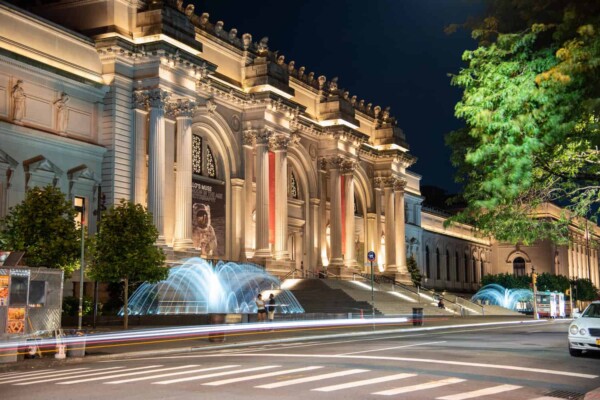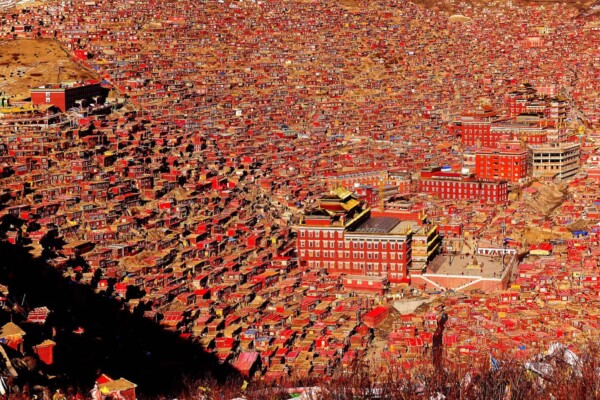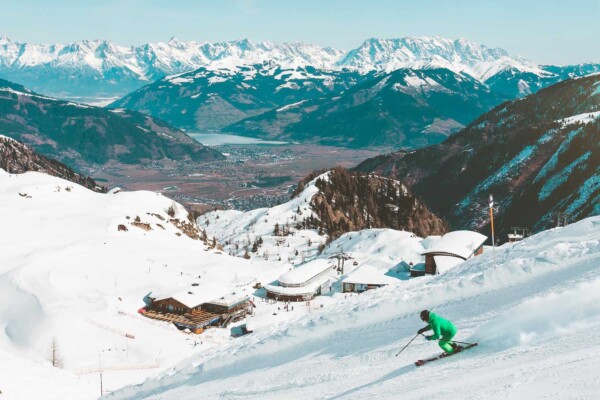People travel for a myriad of purposes, whether it’s recreation, education, business, and more. Some individuals travel to learn about new civilizations and landscapes. Some get into risky emergencies as volunteers. Some go on a trip to unwind. And some people travel to expose themselves to things and problems they wouldn’t encounter at home.
There is no doubt Louis Armstrong was right when he said we live in a wonderful world. Nevertheless, some locations around the world are exceedingly dangerous. But you may be attacked even in your hometown. For this reason, there are risks probably anywhere, but some places could be almost deadly for an unprepared visitor.
Several perils loom in every corner of our globe, and many reasons contribute to a place’s danger. One country may be torn apart by civil conflict and teeming with starving vandals. Another one may have a reputation for petty stealing and high crime rates. Some threats are part of the area itself, like dangerous wildlife, harsh environment, and extreme weather. But, where are these places?
Ladies and gentlemen, this is your captain speaking. Welcome aboard! Today we are testing our limits and embarking on a new adventure around the world’s 25 most fascinating and frightening places. We kindly ask you to please fasten your seatbelts and make sure you have insurance! Thank you for flying with us! We wish you a safe and pleasant journey!
25. Rio de Janeiro, Brazil

Brazil’s cities have a high prevalence of crime, notably thefts, and the homicide rate can be rather high. Is traveling to Rio de Janeiro safe? That varies according to your destination.
Areas in Rio de Janeiro that you should stay away from are Rocinha, the city’s north zone, and most of its favelas, as well as the neighborhoods that surround them, like Del Castilho and Bangu.
Furthermore, please remember that even the nicest districts in Rio de Janeiro can become deadly at night.
24. Mailuu-Suu, Kyrgyzstan

Mailuu-Suu, Kyrgyzstan, is built on top of a nuclear waste site, a hazardous residue from the local uranium deposits that sustained the Soviet nuclear program. A public health catastrophe could result from radioactive and toxic substances leaking into drinking water.
Between 1946 and 1968, the plant generated and handled almost 10,000 metric tons of uranium deposits. The factory employed 650 people during the Soviet era. However, the factory’s last 40 workers have been laid off as a result of month-long power outages.
23. Mount Washington, United States
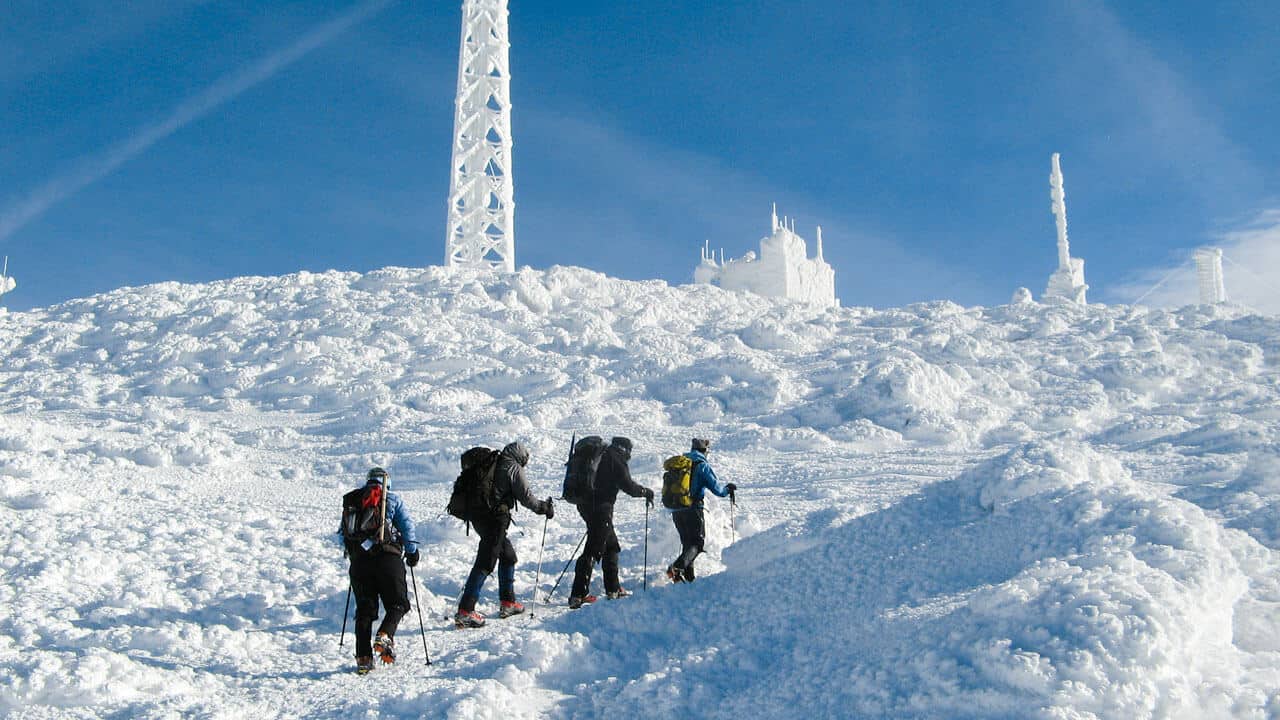
Dubbed as the world’s most deadly small mountain, Mount Washington, at 6,288 feet high, features some frightening statistics. On April 12, 1934, the highest wind speed ever registered at a ground weather station was reported. It was 231 mph or 371 km/h.
It is easy to see why Mount Washington has taken the lives of more than 150 people over the past few years. Not surprisingly, the majority were caused by hypothermia and not just in winter.
Whether it’s because of being untrained, becoming confused or trapped, or failing to anticipate the mountain’s quick fluctuations in temperature, many trekkers are unaware of the risk until they begin their journey.
Nevertheless, the peak is certain to instill a sense of yearning in trekkers.
22. Fukushima, Japan

In the aftermath of a magnitude 9.0 earthquake, a 15-meter tsunami cut off power and ventilation to three Fukushima Daiichi reactors, triggering a nuclear disaster on March 11, 2011. All three cores fade to a great extent within the first three days.
A decade later, the radiation level has decreased to the point that employees and visitors can use normal clothing and face masks on the majority of sites. However, Japan still doesn’t have a plan for how to get rid of the very radioactive burned fuel, wreckage, and trash at the plant.
Authorities have no idea what will become of the area where the facility lies, as they don’t have the cutting-edge technology required to handle waste by lowering its toxic effects.
21. Ciudad Juarez, Mexico
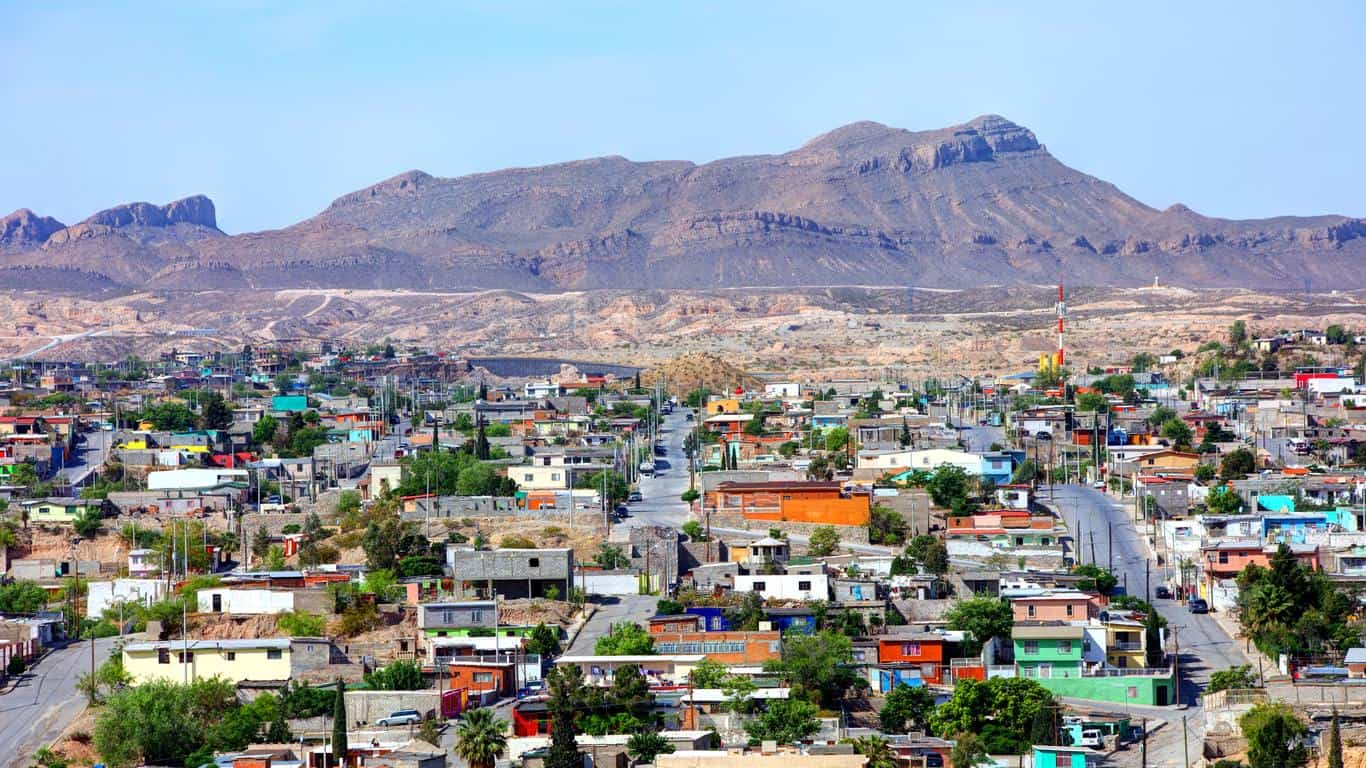
There are still many cities in Latin America that have been ravaged by political unrest, gang wars, failing law enforcement methods, unemployment, and poverty.
While not completely deserted, the Mexican city of Juarez has been devastated by a savage drug war between competing cartels. Located near the town of El Paso in Texas, the city has grown at an accelerated pace over the last two decades, yet huge parts of the area have been dropped due to being too risky for habitation.
The Mexican government has taken a harsh line against cartels, employing the military, but the issue still exists.
20. Mount Sinabung, Indonesia
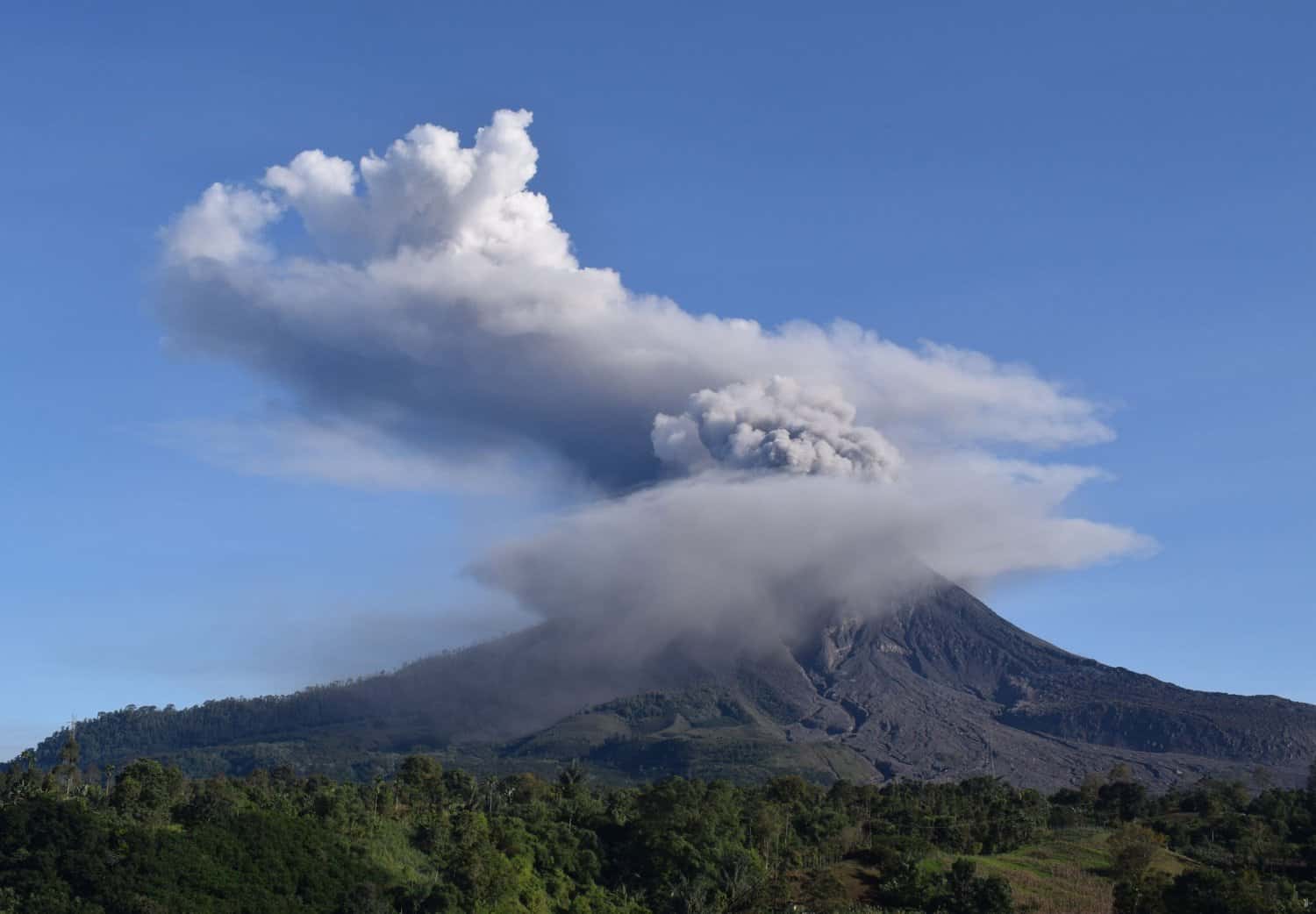
Indonesia is host to a large number of active volcanoes as a result of its proximity to the “Ring of Fire”, a region of the Pacific Ocean marked by volcanic eruptions and severe earthquakes. Around 75% of the world’s volcanoes and roughly 90% of its seismic events are located inside the Pacific Belt.
Mount Sinabung had lain inert for 400 years before exploding and killing two people in 2010. It burst once more in 2013 and has been extremely active since then. Sinabung does not have an operational walking path at the moment. Given the eruptions since 2010, the former route has vanished entirely.
19. Skellig Mountain, Ireland
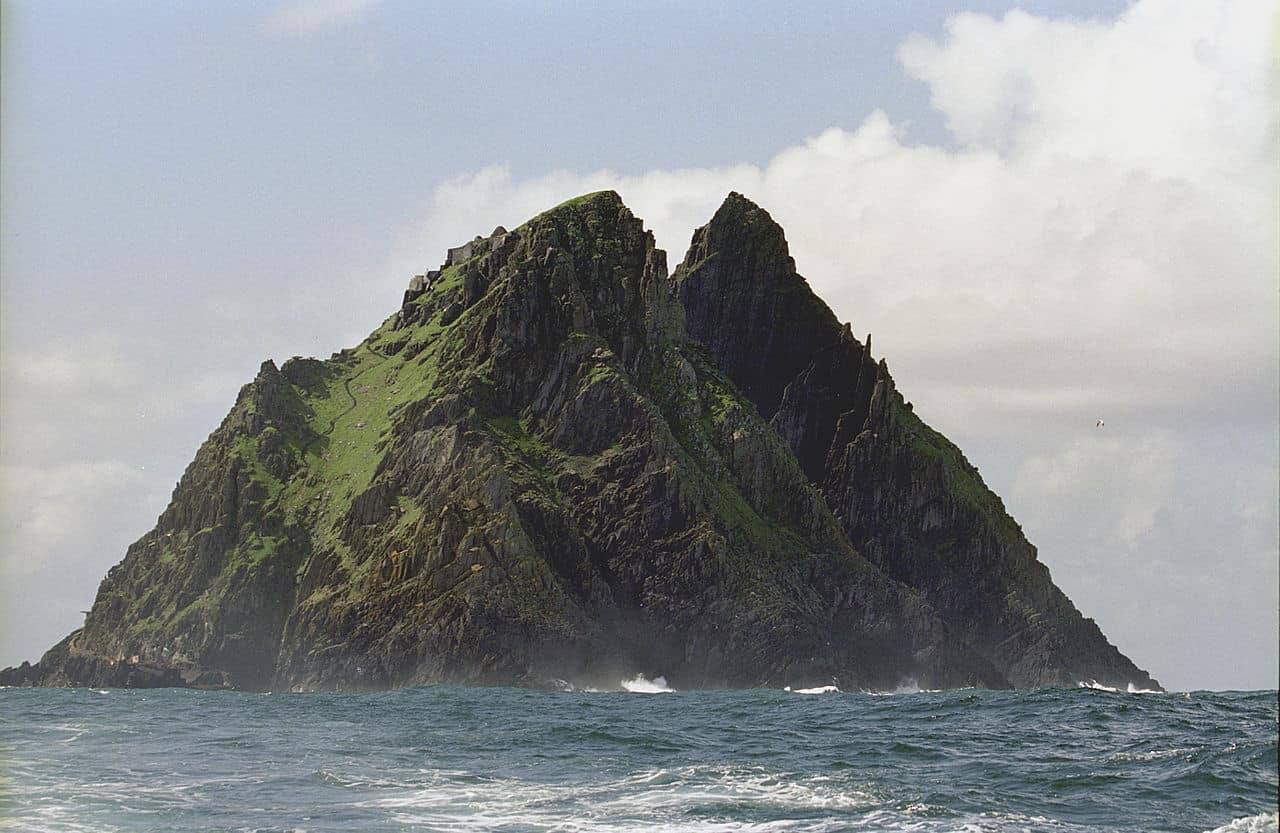
While the religious community of Skellig is breathtaking, tourists must be cautious of the unusual landscape’s risks. To fully appreciate its scenery, you must be physically fit and have a mind for mountains. You should be capable of a strenuous trek up and back down. Not only that, but you must have the proper equipment and be prepared for a tough sea voyage.
When the concrete stairs are slippery, they can be treacherous as there are no railings and the path is high. Nevertheless, if you are an intrepid spirit who meets the qualifications above, hiking Skellig Michael is an incredible once-in-a-lifetime adventure.
18. Death Road, Bolivia
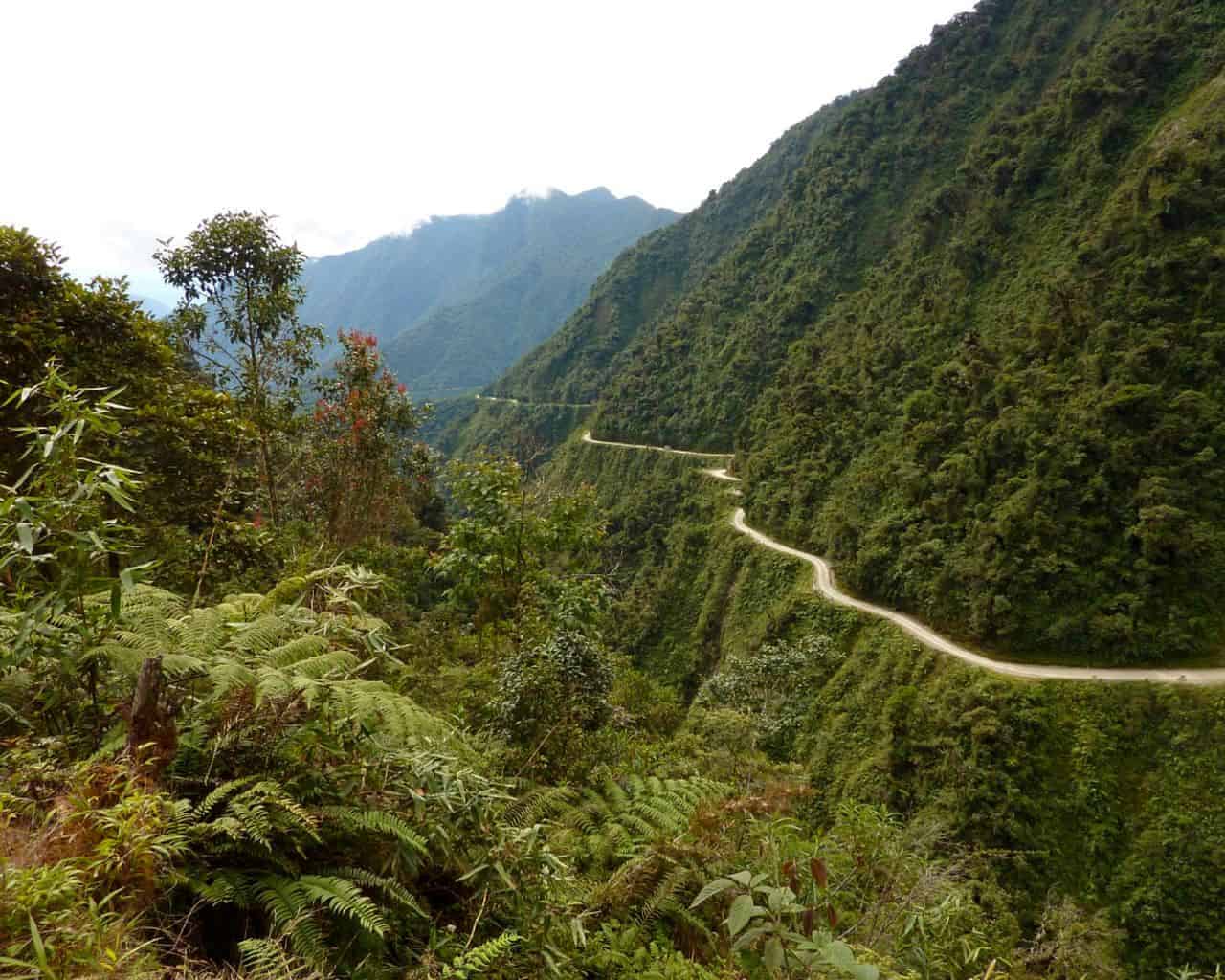
You’ve summoned the fortitude to embark on a Death Road tour. Congratulations! Are you tense? There is no reason to be scared because, despite the hair-raising name, you are unlikely to die. Nonetheless, the place is perilous and you should do your homework before hitting the road.
Each year, it is claimed that many people die while traveling on it. The narrow road winds and turns its way up jungle-covered peaks to a height of 15,000 feet, passing through nauseatingly deep valleys along the way. If you become disoriented when riding a roller-coaster, elude this road at all costs.
17. Sanaa, Yemen
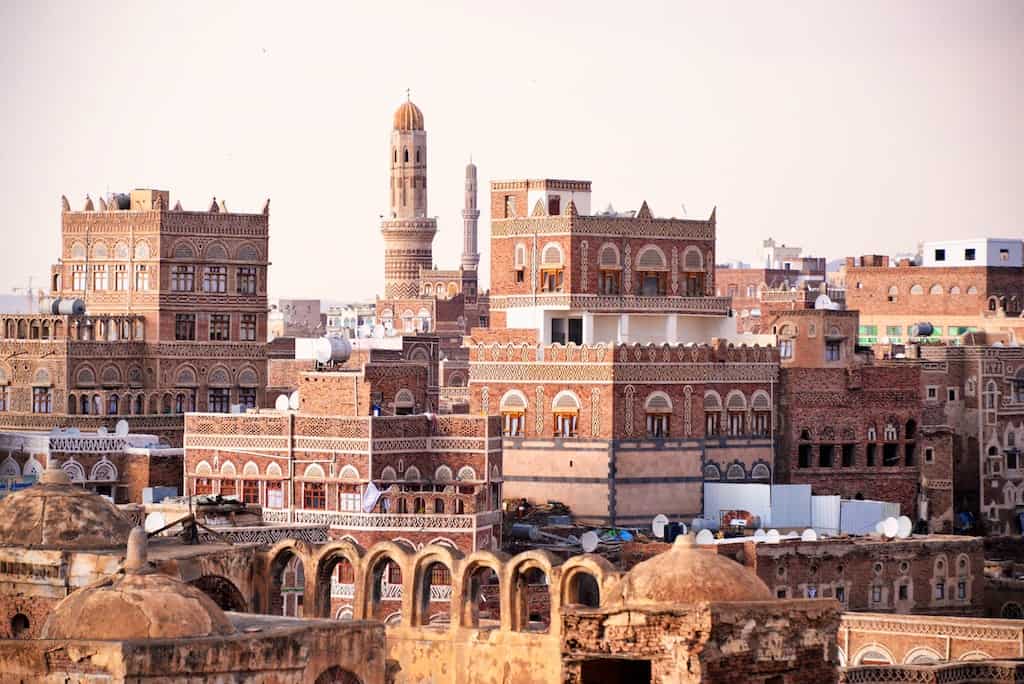
Given the large presence of extremists in Sanaa, the US Department of State does not advocate travel there. This territory is ruled by terrorist organizations like Al-Qaeda. Civil wars and local uprisings also increase the risks. There are no safe areas in the city, and crime is a constant threat both day and night.
The city’s primary crimes include violent robberies and hostage-taking. Tourists, in particular, are frequently the targets of assailants. Avoid traveling alone in the city and take care of your safety.
16. Guatemala City, Guatemala
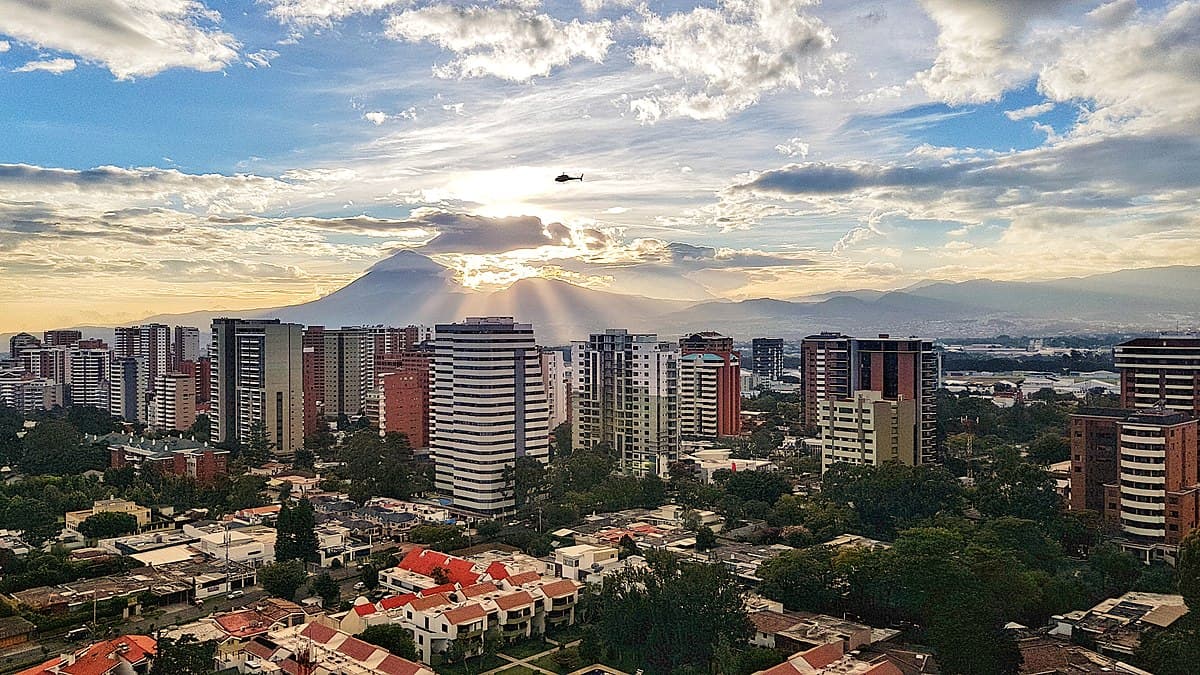
So, you’re interested in traveling to Guatemala. We’re sure it’s fine! There is a wealth of wonderful natural beauty to discover here, as well as long-standing traditions. From Antigua’s architectural styles to Tikal’s legendary Mayan ruins, you’ll find yourself in a world of cultural sites and sweltering jungles.
However, in Guatemala City, violence continues to exist today. It serves as a conduit for drug smugglers, and human trafficking is becoming more prevalent. Guatemala City has one of the highest rates of violent crime in Latin America, and there is also the possibility of political upheaval.
With a contentious past, a large portion of the country is impoverished and unemployed.
15. Monrovia, Liberia
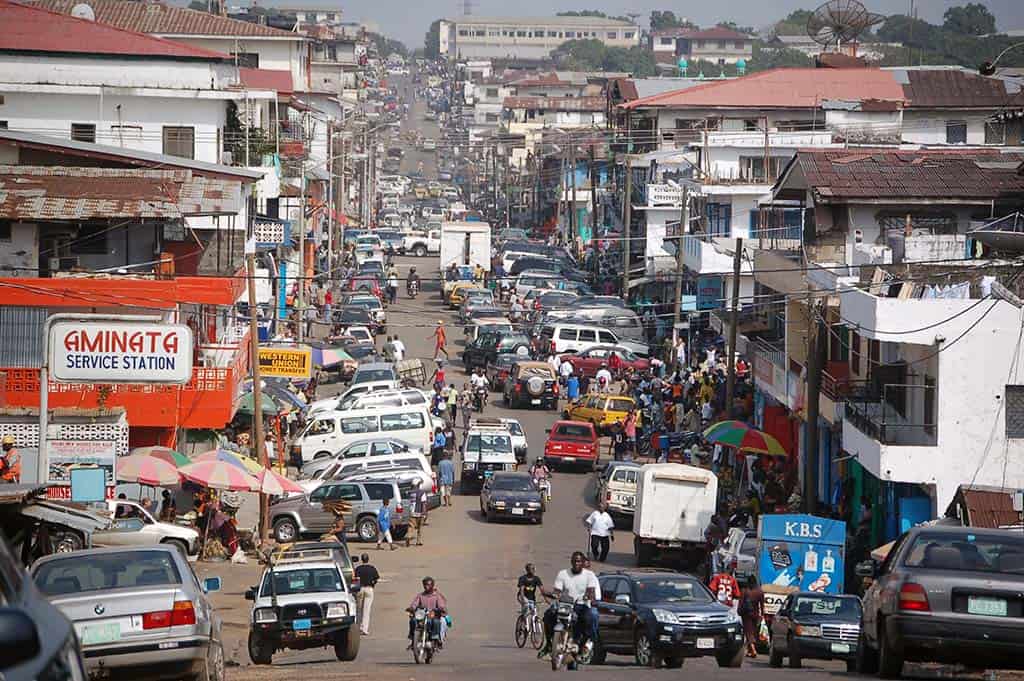
Monrovia is home to one of Africa’s most deplorable slums, West Point. This slum, which is home to 80,000 people, is perennially overcrowded, afflicted by cholera epidemics, tuberculosis, drug usage, underage prostitution, and a lack of adequate sanitation.
The cops can also be a source of contention. While they are not nearly as corrupt as they once were, certain members of the police force continue to detain international visitors and refuse to free them unless a payment is made, so be on the lookout for this.
Liberia has one of the world’s highest rates of rape as well.
14. Sahel, North Africa
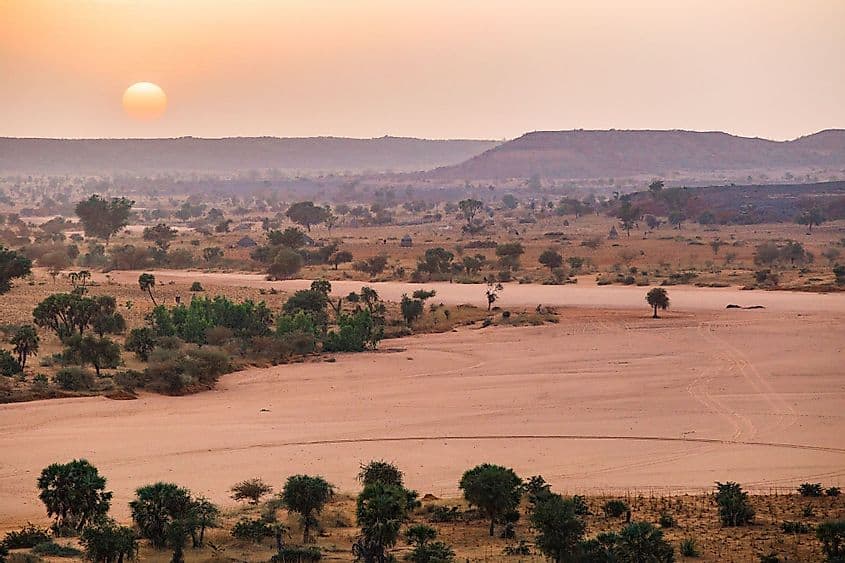
Military clashes, drastic weather variations, and limited possibilities for education and work are daily facts for many people in Africa’s Sahel area. With the region’s fast-growing demographic exacerbating these issues, millions of young people’s optimism for the future is dwindling.
Between 2015 and 2020, the incidence of violent crimes in Central Sahl grew eightfold and tripled in the Lake Chad Basin.
13. Baghdad, Iraq
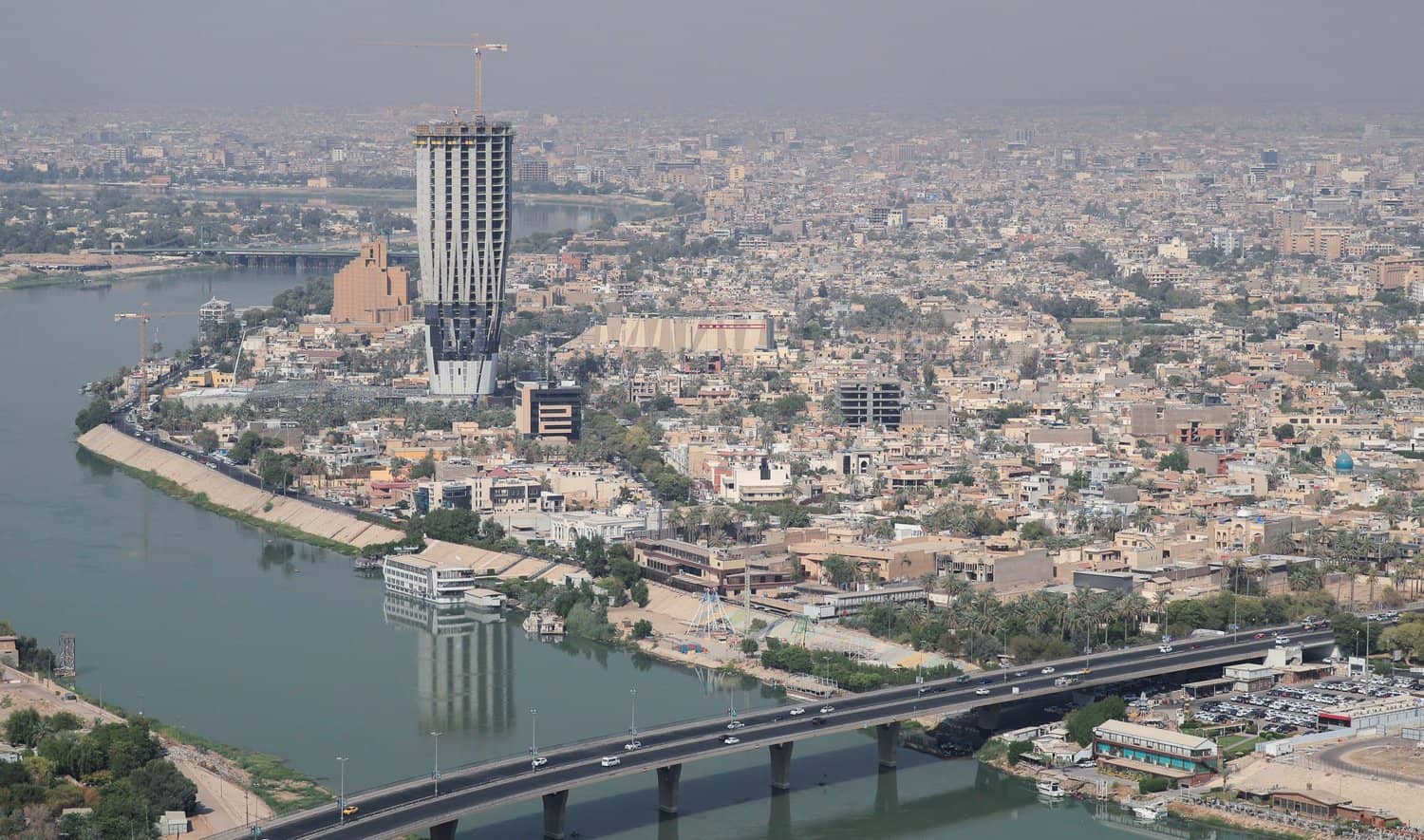
Baghdad was once a dynamic city brimming with excitement and vitality. Sadly, the city is currently in an incredibly hazardous military situation, with a very high risk of terrorist assault and kidnapping.
People rarely venture out into the streets these days, not only because they are dangerous, but also because they are abandoned and filthy, with many damaged buildings.
12. Gates of Hell, Turkmenistan
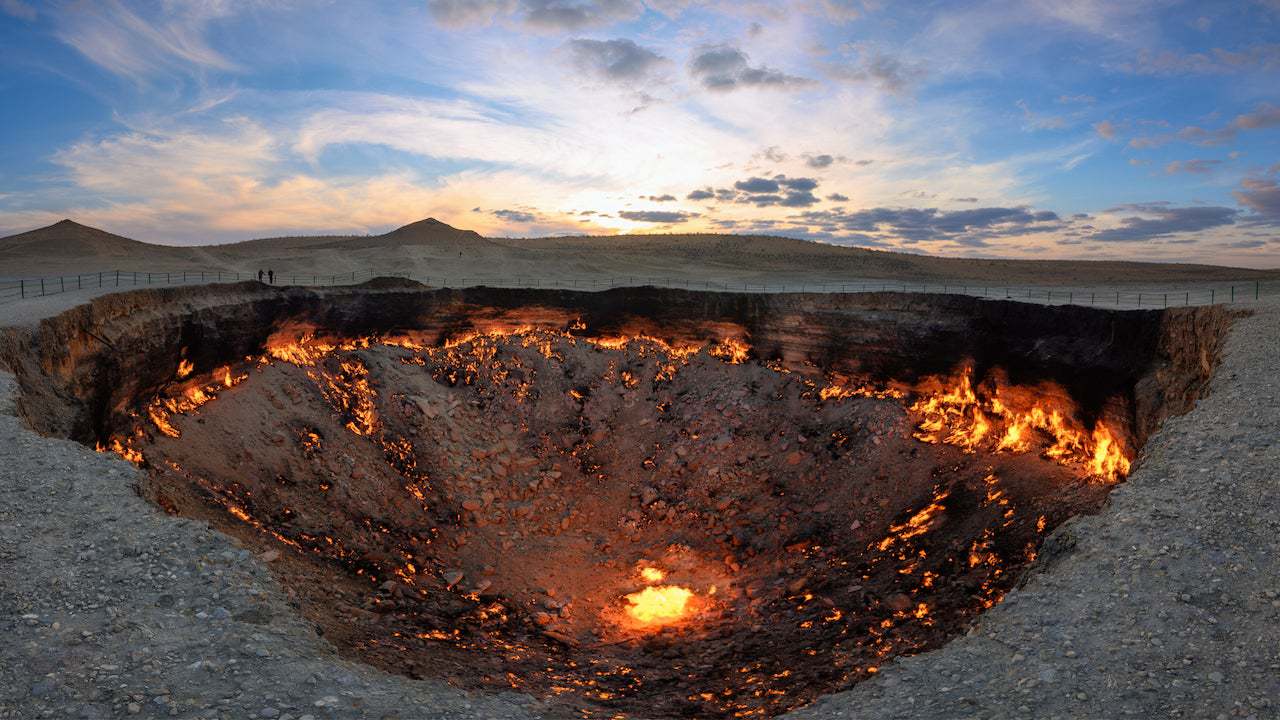
At the pit’s rim, the air is dense and scorching, similar to being dangerously close to an active volcano. It has a subtle propane scent and is quite loud, similar to the sound of an aircraft engine pumping up. Welcome to the Gates of Hell!
From 1925 to 1991, Turkmenistan was a Soviet republic. Not much further from Derweze, a Soviet drilling rig crashed into a subterranean cavern, which collapsed and created a nearly hundred-meter-wide crater, ejecting poisonous fumes. To avert a major ecological catastrophe, the Soviets intentionally set fire to the crater, reasoning that it would burn out within a few weeks.
50 years later, the flaming pit remains active.
11. Kabul, Afghanistan
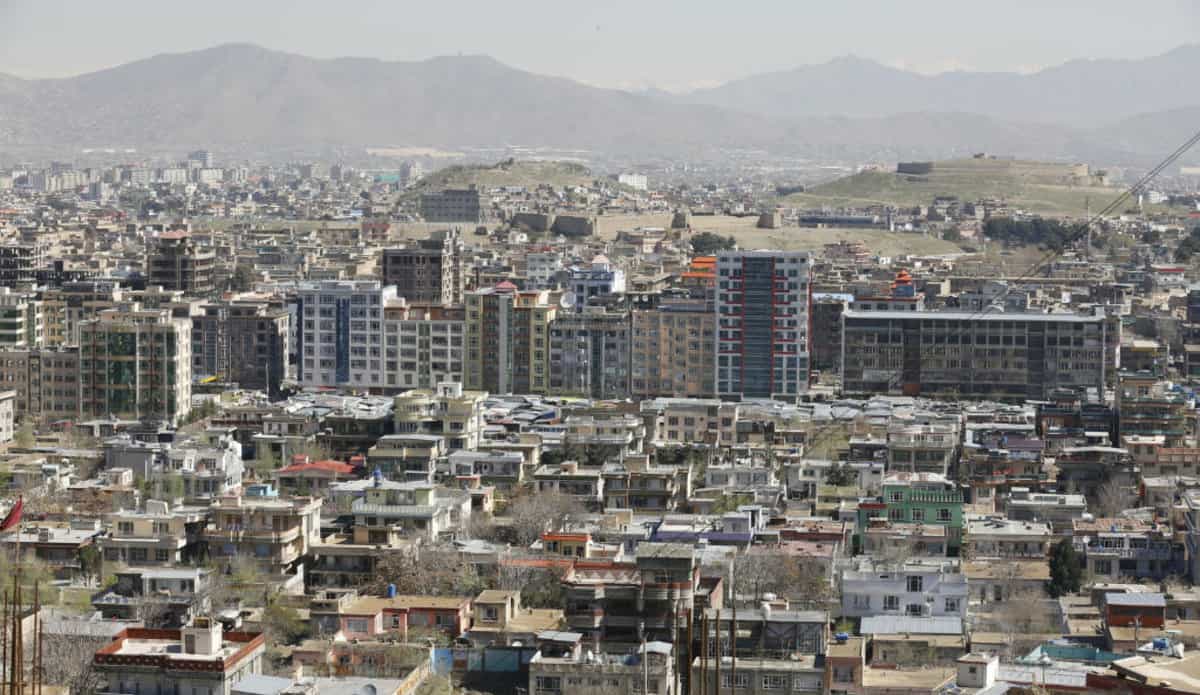
The US Department of State strongly warns against all trips to Kabul because of the country’s precarious situation, acts of terrorism, continuous military conflict, kidnapping threat, and high crime rate. Afghanistan is a tremendously risky country to journey across, and border crossings may be closed.
Furthermore, foreign citizens face an increased risk of imprisonment. The US government may be unaware of such detainment and contact with relatives may be impossible.
10. Caracas, Venezuela
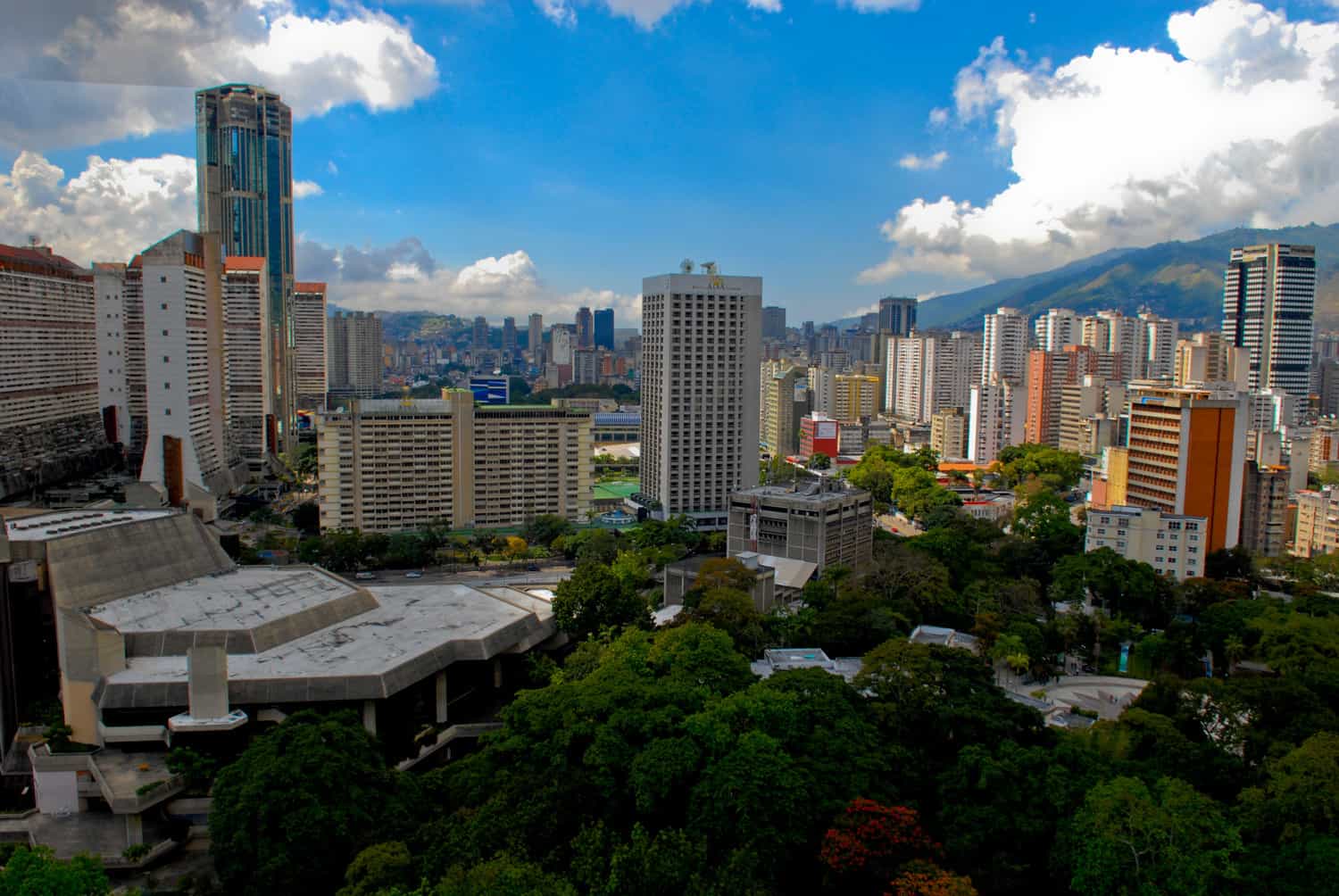
Most government travel warnings list Venezuela as a “do not travel” country. Caracas, the world’s annual murder capital, is known for its high-profile violent attacks that happen all over the city at all hours. And as a foreigner, you’re a major target.
Unfortunately, in the face of broad political and economic upheaval, any hope of change appears to be miles away. If you are a victim of violence, it is useless to seek justice, because only a limited number of crimes end in prosecutions and convictions.
The nation has the third world’s highest murder rate per capita.
9. Death Valley National Park, United States

Death Valley National Park is the world’s hottest and arid place, with temperatures exceeding 125 degrees Fahrenheit. In case you’re not aware, this is not the sort of warmth that makes you want to lounge in your shorts. It is sufficient to cook eggs on the ground.
Death Valley’s severe temperature has claimed many souls in the past, and it will keep taking the lives of those who disregard its harsh climate. People are often unaware of how quickly they can dehydrate, which can result in dizziness and disorientation, a disaster in a huge, arid region with rocky slopes.
Moreover, the park is home to several deadly creatures, such as rattlesnakes, black widow spiders, and scorpions. If that’s not enough, you risk contracting hantavirus, a serious and deadly respiratory disease transmitted via contact with mice or their urine and excrement.
In essence, you are going to enter one of the most hostile and untamable regions in the United States. Enjoy!
8. Skeleton Coast, Namibia
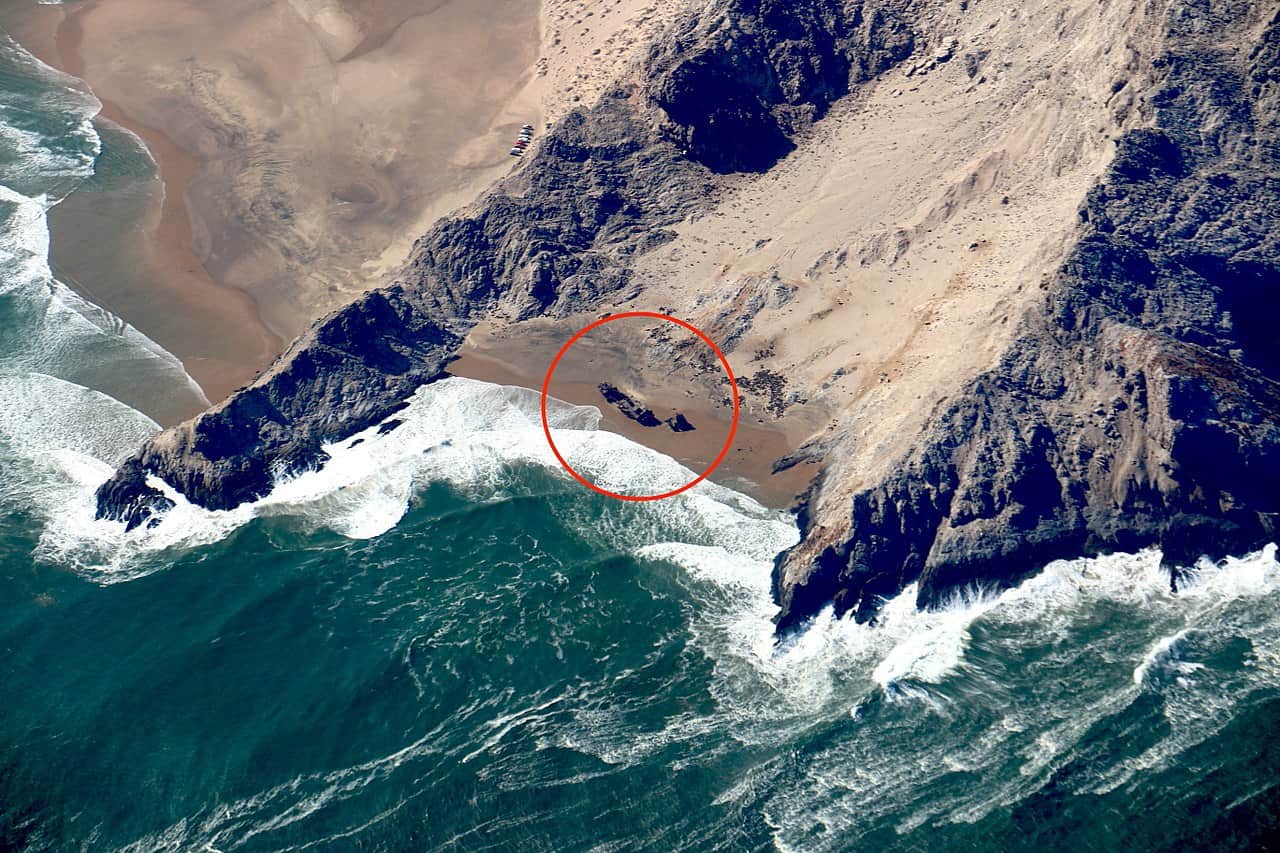
When you approach Namibia’s Skeleton Coast, you immediately get the feeling that nature is attempting to keep you away. A narrow, secluded land, it is often referred to as “the land God created in anger” by the Khoisan Bushmen.
This beach is littered with the skeletons of whales and other large animals killed by lethal sharks. Besides bones, countless shipwrecks, knocked back by coastal cliffs, the unstable Benguela current, and mist, are strewn around.
If that isn’t enough to scare you away, the beach is also densely populated by lions and hyenas.
7. Oymyakon, Russia

On a nearly daily basis, residents of Oymyakon, a small village in Russia, struggle to exist in that corner of our planet. With temperatures of -74 degrees Fahrenheit, Oymyakon is the world’s coldest place to live, and it’s hard to understand why anyone in their right mind would stay there.
There are moments when the temperature is so low that the brain becomes unresponsive. People are forced to keep their automobile engines running 24 hours a day and consume substantial amounts of meat and fish to survive. The weather is so severe that your lashes may freeze.
Oymyakon is a secure area populated by pleasant and polite people. That does not mean it is not risky. Adverse weather conditions and isolation provide concerns that you should be aware of.
6. Madidi National Park, Bolivia
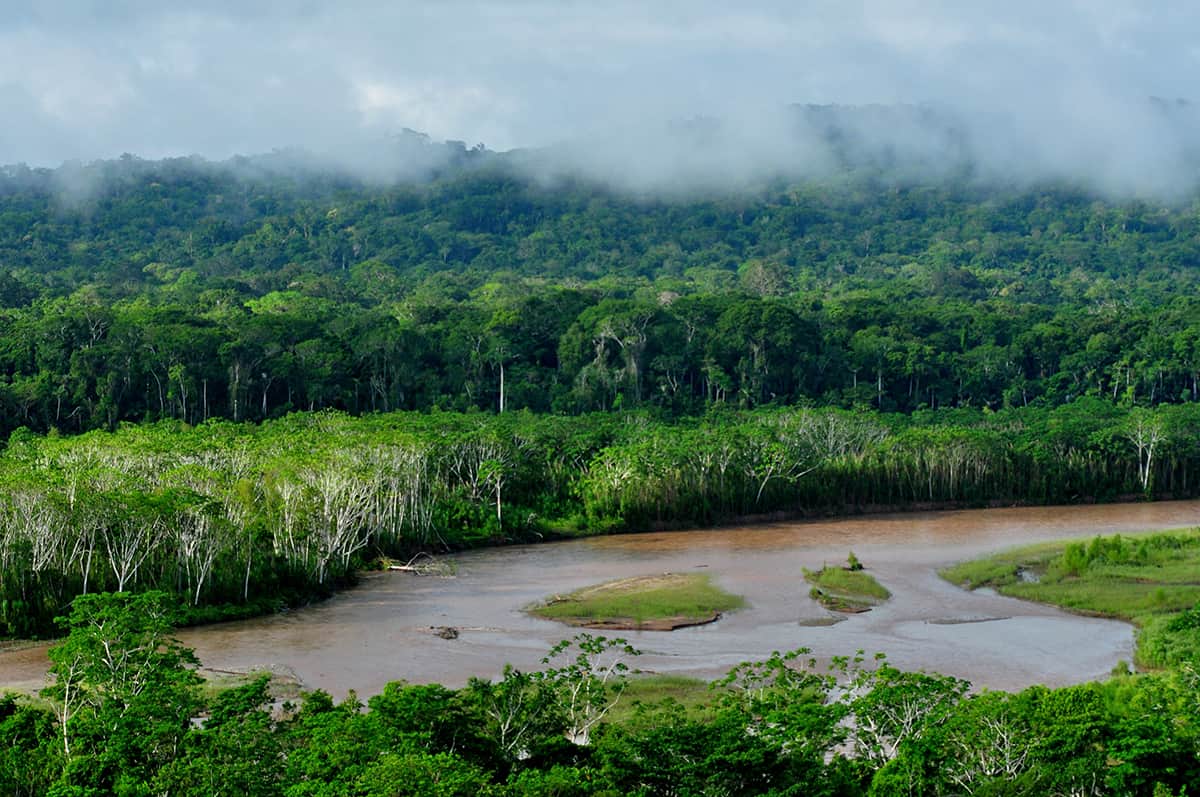
Jaguars, vicunas, pumas, sloths, bears, and the newly found titi monkey are just a few of the creatures that call Madidi National Park home. Heavily forested, it hosts nearly 500 distinct fish species, over 260 mammalian species, more than 200 amphibian species, and roughly the same number of reptile species.
Although counting insects is more difficult, it is currently estimated that approximately 120,000 species flutter and creep through the forest. Contact with any of the plants that grow in this park may lead to extreme stinging, irritation, and disorientation. Tropical parasites can infect any injury, even a small one.
5. Syria

Yes, the entire country. The demilitarized zone separating North and South Korea was previously regarded as the world’s most perilous location. Now that distinction is Syria’s.
Syria has grown embroiled in major combat, and the situation here has become so dangerous that it is effectively a war zone at this point. Most nations have issued travel warnings for Syria because of the ongoing civil conflict. Certain areas of the country are not within the government’s jurisdiction.
Thus, terrorist attacks, kidnappings, and military combat are all common occurrences. The attacks may even involve chemical weapons. Generally, there are no diplomatic facilities in the country.
4. North Sentinel Island, India

Located deep in the Indian Ocean, North Sentinel Island is reputed to be one of the most treacherous and challenging spots on earth to reach. Indeed, the location is so deadly that the Indian government has prohibited its citizens from approaching it.
The island’s inhabitants are still unspoiled by modernity and do not know the surrounding world or advanced technologies. They frequently become violent and assault those who attempt to access the islet.
They are so hostile to interaction with the outer world that they attacked and slaughtered two fishermen who washed up on shore in 2006.
3. Danakil Desert, Ethiopia
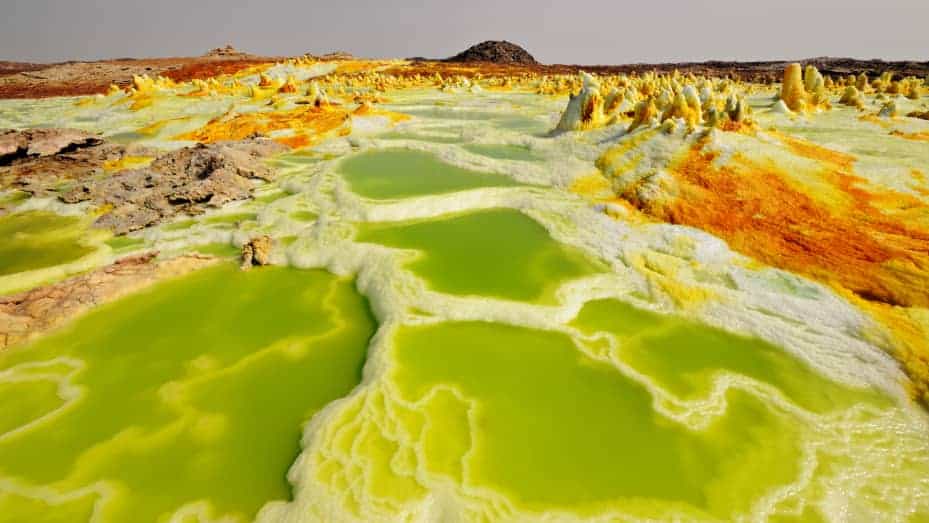
The Danakil Desert is one of those destinations across the globe where your reason tells you “do not go,” but your inquisitive inherent nature beckons you to backpack some clothes and depart as soon as possible. However, you should know that even a short stay here can have a negative effect on your health.
This is due to the high level of sulfur-based poisonous fumes. Because of these dangerous chemicals, individuals can only stay in particular places in the desert for a short period without jeopardizing their lives.
Moreover, this place is one of the world’s hottest, and the temperature rarely dips below 120 degrees Fahrenheit. But, there are other issues. Earthquakes of frightening magnitude are occasionally reported. There are also several ongoing volcanoes, the most famous of which is Era Ale.
2. Lake Natron, Tanzania

How many of you have heard of the mythical Medusa, who could turn people to stone with a brief look? While she may be a legend, there is a location that is so lethal it has the potential to turn you into stone. Some of the most surreal photos ever shot are those of Tanzania’s Lake Natron.
Lake Natron’s alkaline water has a pH of 10.5 (nearly as high as ammonia) and is extremely caustic, capable of burning the skin and eyes of creatures that are not accustomed to it. Furthermore, those harsh waters can reach 140 degrees Fahrenheit. So, what if you attempted to take a dip?
You would not suddenly turn into stone, but if you remained underwater, your entire body would solidify and be maintained. If you were to be discovered years later, your organs and hair might still be unharmed. Natron’s extremely high alkalinity prevents decomposition. You will basically turn into a mummy.
1. Snake Island, Brazil

Put aside issues such as abductions, extreme temperatures, war, or the Marburg virus disease. The world’s most treacherous place is a little isle south of Sao Paolo. Almost every single Brazilian is familiar with the area, but few would venture there.
The enigmatic island is called Ilha da Queimada Grande and is populated by 2,000 to 4,000 golden lancehead vipers, one of the most lethal snakes on the planet. This type of viper can contain venom so potent that it may disintegrate human flesh. The venom will also induce massive strokes, excessive bleeding, and renal failure.
This location is so perilous that officials prohibit anyone from accessing it without obtaining special authorization. It’s difficult to understand why someone would want to explore an area where horrible death awaits every couple of yards.
However, when legally enforced trips are made, the government suggests guests include a physician on their tour to allow them to quickly intervene in critical cases.
Ladies and gentlemen, we have just landed at our final destination. Although we may have encountered some turbulence along the way, we trust it was a pleasant and interesting journey. On behalf of our crew, thank you for bearing with us till the end, and we hope to see you again soon!
Contents
- 25. Rio de Janeiro, Brazil
- 24. Mailuu-Suu, Kyrgyzstan
- 23. Mount Washington, United States
- 22. Fukushima, Japan
- 21. Ciudad Juarez, Mexico
- 20. Mount Sinabung, Indonesia
- 19. Skellig Mountain, Ireland
- 18. Death Road, Bolivia
- 17. Sanaa, Yemen
- 16. Guatemala City, Guatemala
- 15. Monrovia, Liberia
- 14. Sahel, North Africa
- 13. Baghdad, Iraq
- 12. Gates of Hell, Turkmenistan
- 11. Kabul, Afghanistan
- 10. Caracas, Venezuela
- 9. Death Valley National Park, United States
- 8. Skeleton Coast, Namibia
- 7. Oymyakon, Russia
- 6. Madidi National Park, Bolivia
- 5. Syria
- 4. North Sentinel Island, India
- 3. Danakil Desert, Ethiopia
- 2. Lake Natron, Tanzania
- 1. Snake Island, Brazil

